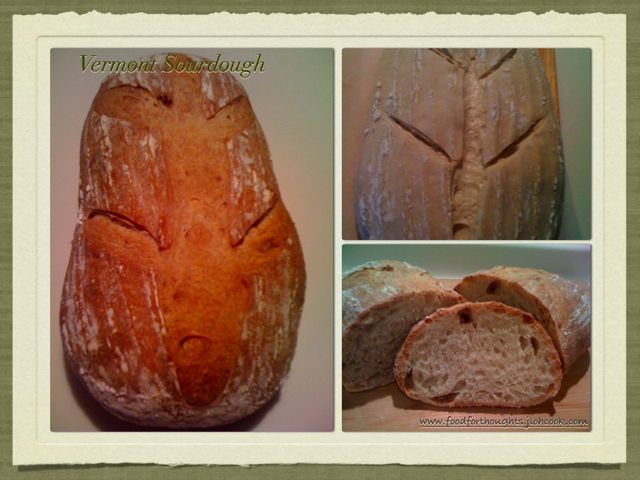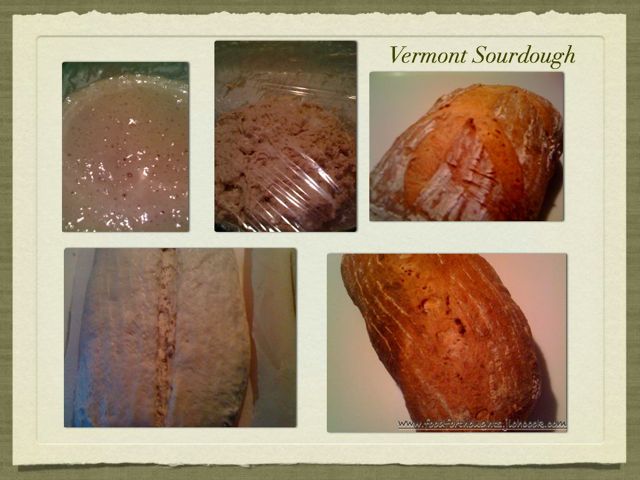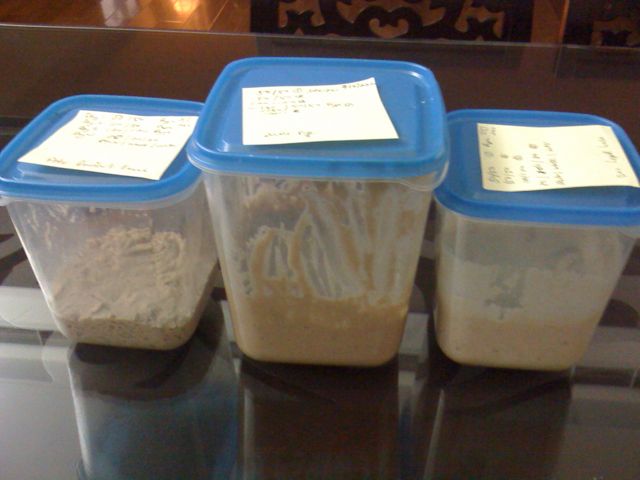Beer Bread Roll
I was in for a pleasant surprise when I made the beer bread from Jeffrey Hamelman's Bread book. It was sweet and tasty. I had my fun turning this into rolls.
I've adapted the recipe a little, reducing whole wheat, and using the diastatic malt powder as I just couldn't find barley that I could sprout.
I'm beginning to appreciate the stretch and fold method, as I do see the impact on the crust. I'm also learning how to steam my oven such that I get the thin crispy crust.


